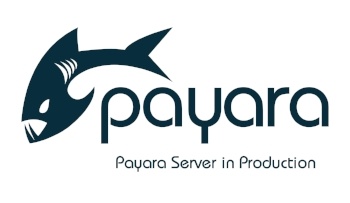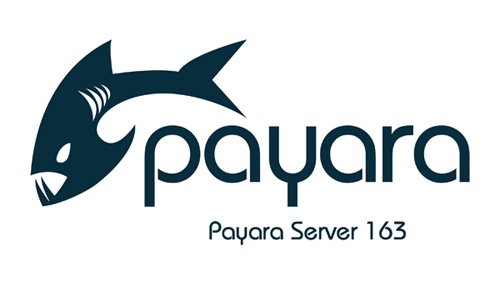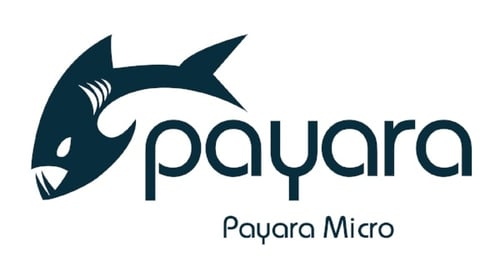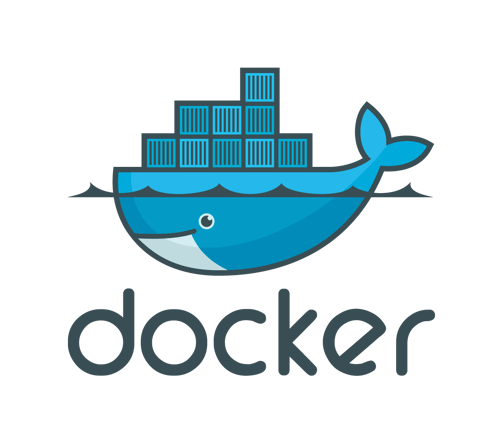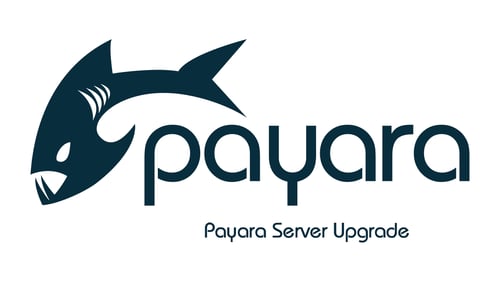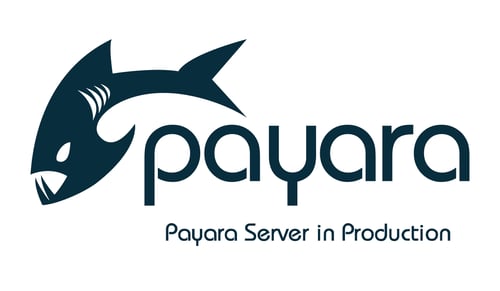What's new in Payara Server 164?
Published on 14 Nov 2016
by Mike Croft
Topics:
What's New,
Production Features,
Hazelcast,
CDI,
Clustering,
Admin
|
0 Comments
Another quarter, another release! After an eventful 2016, November brings with it the final release of the year for Payara Server. This year, we've seen new services like Request Tracing and Health Check added, as well as the Slow SQL logger and SQL Trace Listeners. Revisiting the version of the documentation from 1 year ago and comparing the amount we have added since then is, frankly, astonishing!
Despite a bumper year for both new features and bug fixes, work continues apace! Below is a short summary of some of the things to look out for in a release that caps an incredible 12 months.
Working with External Configuration Files in Payara Micro
Published on 26 Oct 2016
by Mike Croft
Topics:
Payara Micro,
Microservices,
Docker,
Uber JAR
|
0 Comments
It is relatively common for applications to need additional configuration files outside of what is provided in Payara Server or Payara Micro. If you are used to using a custom security realm in Payara Server, for example, it may not be immediately clear how you can use the same file with applications deployed to Payara Micro.
Payara Server & Payara Micro Documentation
Published on 03 Oct 2016
by Mike Croft
Topics:
What's New,
Admin
|
0 Comments
We've recently moved the documentation for Payara Server and Payara Micro from its original home in the GitHub project wiki. In doing so, we've altered the structure of the pages and introduced new ways to contribute through the GitBook platform.
Payara Server in Production - Quick Tip
Published on 02 Sep 2016
by Mike Croft
Topics:
Production Features,
REST,
How-to
|
0 Comments
TIP: Don't deploy any apps to the DAS in production!
Why?
As is the case with all my stories, this one began at a customer site. They had an old app they were migrating from GlassFish 3.1.2 to the latest version of Payara Blue. They'd called me in because they wanted to benchmark performance of the new version of Payara Blue on AIX against their existing GlassFish 3.1.2, also on AIX, as well as against a recent version of JBoss (I'm unsure of the version, though I know it was deployed on Windows).
What's new in Payara Server 163?
Published on 16 Aug 2016
by Mike Croft
Topics:
What's New,
Payara Micro,
Hazelcast,
CDI,
REST
|
6 Comments
As we enter the third quarter of the year, that can only mean one thing: Payara Server 163 is here! With this release, we’ve managed to cram in 44 bug fixes, 34 enhancements, 6 new features and 6 component upgrades. One of these new features is the tech preview of our new Request Tracing service, which I’ll explain in more detail below.
Payara Micro - Dynamic Clustering Demo
Published on 02 Aug 2016
by Mike Croft
Topics:
Payara Micro,
Microservices,
Demo,
Hazelcast,
Clustering,
How-to,
Scalability
|
0 Comments
Take a look at this quick demo to see some of Payara Micro's dynamic clustering capabilities. I'm running the demo without any extra tools, just Payara Micro itself. To show how Payara Micro dynamically rebalances the cluster, I used JCache and Payara Micro's --autoBindHttp feature.
Creating a Simple Cluster with Payara Server 4
Published on 30 Jun 2016
by Mike Croft
Topics:
Hazelcast,
Clustering,
How-to,
Scalability
|
18 Comments
GlassFish has traditionally used Project Shoal to power its clusters. Since Shoal is no longer actively maintained, Payara Server intends to replace Shoal with Hazelcast, which has the added benefit of being JCache compliant.
Payara Docker Images - Update
Published on 06 Jun 2016
by Mike Croft
Topics:
What's New,
Microservices,
Docker
|
2 Comments
How to Upgrade Payara Server
Published on 02 Jun 2016
by Mike Croft
Topics:
How-to,
Upgrade
|
2 Comments
Since Payara Server is on a regular and frequent release cycle, we get a lot of questions on how to upgrade to the latest version while maintaining existing domain configurations.
The answer to the question of “how do I upgrade?” is always “it depends”, because everyone’s situation is going to be slightly different. This blog will cover some of the most straightforward ways which should apply in the majority of cases.
Backup & Restore of Payara Server
Published on 01 Jun 2016
by Mike Croft
Topics:
Production Features,
How-to,
Upgrade
|
3 Comments





